Update by the Shan Human Rights Foundation | November 20, 2015
The Shan Human Rights Foundation strongly condemns the Burma Army shelling and aerial bombing of Mong Nawng town in central Shan State between November 9 and 12, 2015. The firing of shells and bombs directly into the centre of this densely populated town of 6,000 people, damaging houses and causing civilian injury, meets the definition of war crimes, and must be denounced and acted upon by the international community.
Mong Nawng is a government controlled town, surrounded by three Burma Army bases, including a large Military Operations Command (MOC-2) in the north-west of the town. It lies 20 miles south of Wan Hai, the headquarters of the Shan State Progress Party/Shan State Army (SSPP/SSA), whose territories have been the target of a large scale offensive by the Burma Army since October 6 despite an existing ceasefire. Before November 9, most of the fighting had taken place north and east of Mong Nawng town. About 200 villagers from the fighting areas were seeking refuge in one of the temples in the town.
The Burma Army began its attack on Mong Nawng late at night on November 9. Shells were fired from the direction of the MOC 2 base into the centre of the town, as well as into the village of Lin Leng, just west of the town. Shelling continued into the early morning of November 10, with some small arms fire, causing damage to houses in quarters 1 and 4 of the town, as well as in Na Lin Leng. Fortunately, no one was injured, as many residents had sought shelter in self-built bunkers near their homes when the shelling began.
However, at about 8 am on November 10, Burma Army helicopters and a fighter jet flew over the town, and dropped bombs on the centre of the town, damaging the local high school and surrounding buildings, with shrapnel injuring one of the teachers in her house.
After the bombing, government troops began scouring the town, searching for Shan soldiers. A woman described how the soldiers kicked in her door, forced the house owner to kneel and threatened to kill everyone in the house if they found any Shan soldiers hiding there.
Local civilians were detained and interrogated about the whereabouts of Shan soldiers. A man called Loong Jarm Nyunt was returning from a funeral in quarter 1 at midday on November 10, when a group of about 50 government troops arrested him outside his house, and took him, together with two other men, to the Battalion 286 base west of the town. They interrogated them for an hour about whether they had sheltered Shan soldiers, before releasing them.
On November 11, local people reported that government soldiers looted houses of civilians that had fled from Quarter 1 of Mong Nawng town.
Early in the morning of November 12, shells were again fired from MOC 2 into the town, causing damage to a house in Quarter 4.
By November 12, the shelling, bombing and intimidation of civilians had caused many of the residents of Mong Nawng to flee their homes. It was mainly poor residents who were unable to flee. Some of them sheltered at the Mingala Yan Aung temple at night for safety. Government soldiers went to check the ID of all those sheltering at the temple, instilling further fear.
On the night of November 12, the government troops imposed a curfew in the town. Residents were forbidden to leave their houses, and were warned that Shan soldiers would be coming to attack the town. They also blocked residents from leaving the town, and cut the phone lines. Farmers were forbidden from going to harvest their rice crops outside the town, even though it is now the rice harvesting season.
Tight military security has been imposed in Mong Nawng since this time. It is estimated that about two-thirds of the original 6,000 residents of the town have fled, and are seeking refuge in other towns and villages. With ongoing shelling and aerial attacks against villages to the north of the town, most of those displaced are not daring to return.
The Shan Human Rights Foundation strongly denounces these indiscriminate attacks and destruction by government troops in civilian populated areas. We urge the international community to publicly denounce these attacks and demand that the Burma Army be held accountable for war crimes.
Interviews with residents who have fled Mong Nawng
“Most people fled their homes when they heard the shelling and bombing. We fled and did not have time to take anything, even our clothes. We can’t count how many bombs and shells fell. It was a lot. We were so afraid, and we were just trying to find our way out. We were in shock and we didn’t know what to do. They shelled at night. And the Burmese helicopters came and bombed Mong Nawng in the day. Tens of bombs were dropped from the helicopters.”
The Burmese government troops were just shelling into the town. They also brought in three military helicopters and bombed the town, where civilians were living. We were so scared. We didn’t dare go out of our house.
No authorities came to help us. Instead, the Burmese government troops just kicked down the door and came into our house searching for Shan soldiers.
They said that there were Shan soldiers in our house. We assured them there were no Shan soldiers. We told them they could search the house. Then, they forced the house ownerto kneel down, and asked if were there Shan soldiers in our house. We said no. Then, they said that if there were Shan soldiers in our house, we will kill you. Then we said, go ahead – if there are Shan soldiers in our house, you can kill us all. Burmese troops then went to look for Shan soldiers in our house and saw nothing. After that, they went away.
They frightened us. They did not beat us, maybe because there was a 10-month-old child in the house crying.
After we fled (on November 10), there were not so many people in Mong Nawng. The remaining people went to sleep at Wat Mingala Yan Aung temple. There, the Burmese soldiers went to check the ID of people staying at the temple.
Known details of damage and injury caused by Burma Army shelling and aerial bombing in Mong Nawng (Nov 9-12, 2015)
| Date and time | Cause of damage | Names of affected house owners | Location | Type of damage |
|---|---|---|---|---|
| Nov 9
11 pm |
Shelling | Loong Win Naing and Pa Htwe | Na Lin Leng village, E. of Mong Nawng | House damaged |
| Nov 9 midnight | Shelling | Loong Ka Ga | Quarter 4, Mong Nawng town | Truck and plough damaged |
| Nov 105 am | Shelling, gunfire | Par Kham Ing | Quarter 1, Mong Nawng town | House damaged, window broken, electric wire hit by bullet, causing fire |
| Nov 10 7 am | Shelling | Loong Zaw Min and Par Mon | Quarter 1, Mong Nawng town | House damaged |
| Nov 10 8 am | Aerial bomb | Loong Hsang Awn and Par Sap | Quarter 1, Mong Nawng town | House damaged |
| Nov 10
8 am |
Aerial Bomb | High School | Quarter 1, Mong Nawng town | School damaged |
| Nov 10 8 am | Aerial bomb | Teacher Yin Yin Nu’s house | Quarter 1, Mong Nawng | Damaged (and shrapnel injured Yin Yin Nu) |
| Nov 12 3 am | Shelling | Par Ngam | Quarter 4, Mong Nawng town | House damaged and corn-barn caught fire |
| n.a. | Shelling | Loong Kyaw Harn | Quarter 1, Mong Nawng town | House damaged |
Download this statement (PDF) in English | Burmese | Shan | Thai

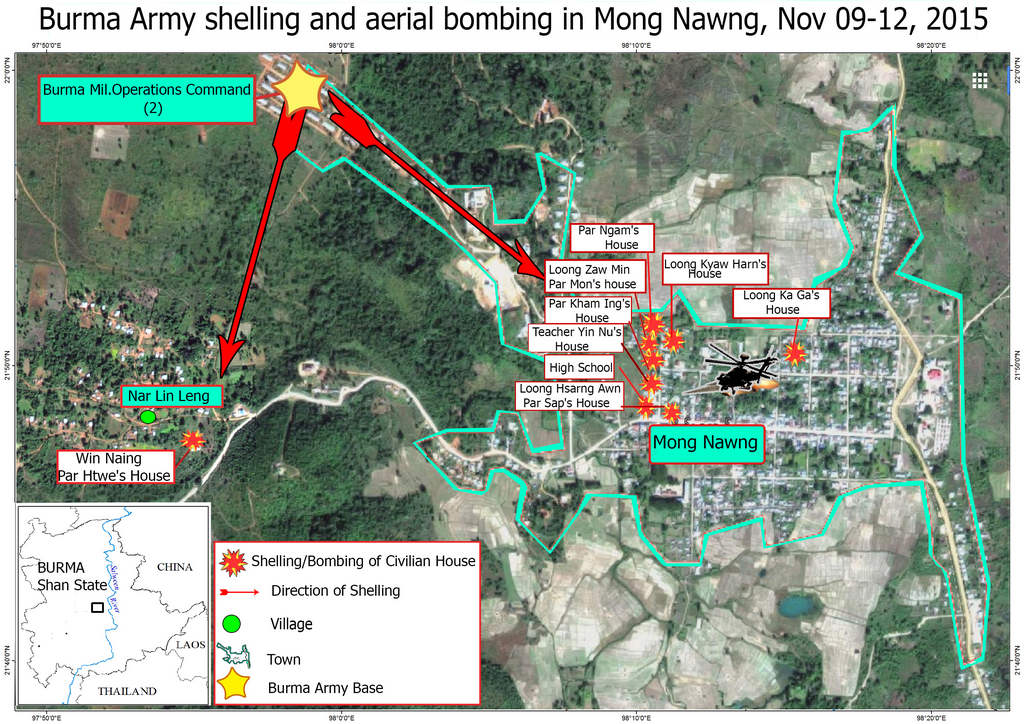
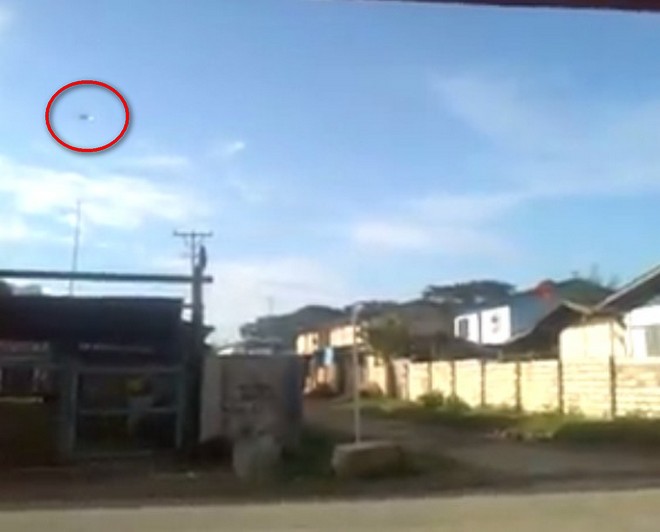
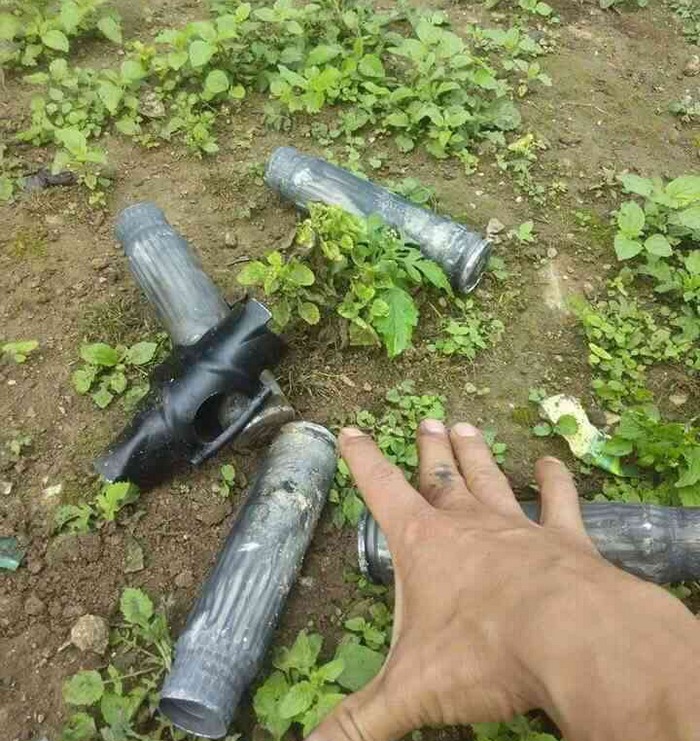
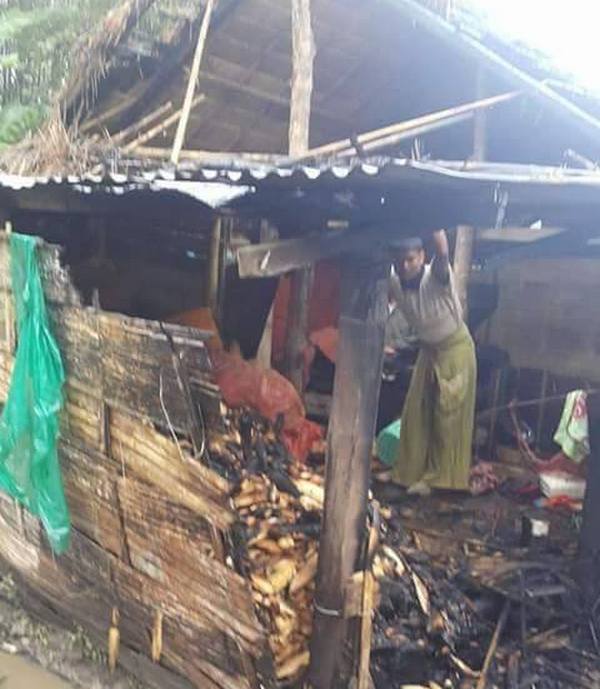
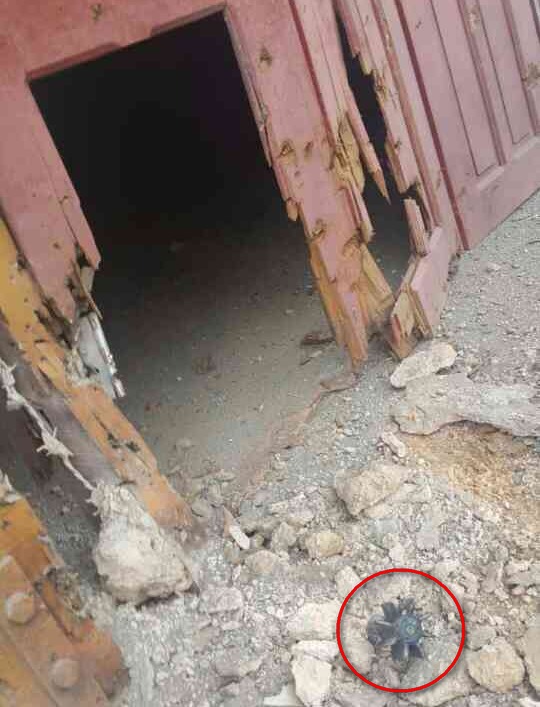
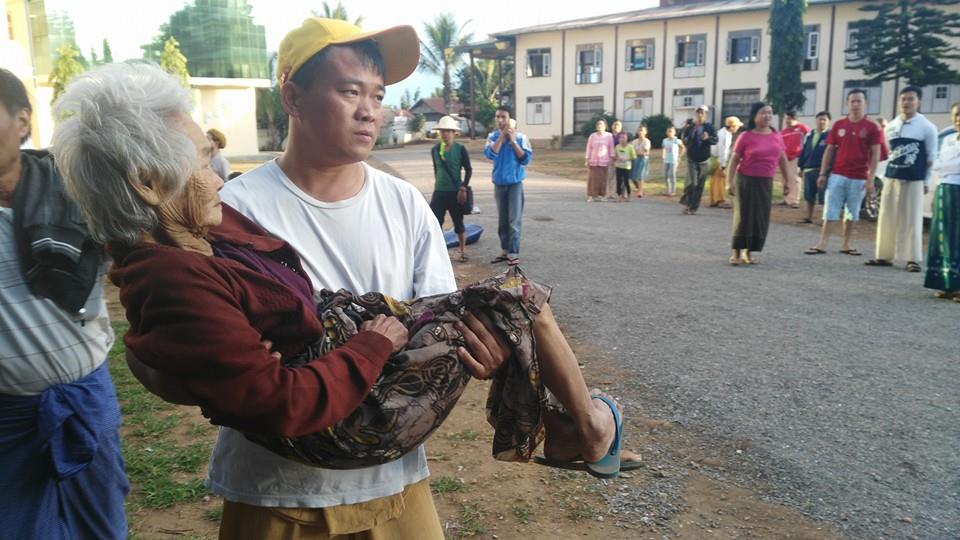
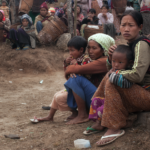

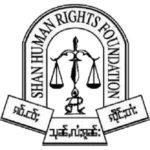
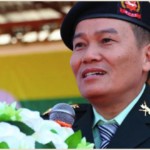
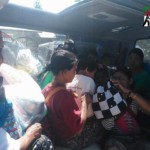
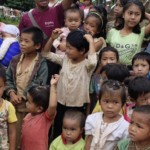
[…] Published in: Burma Link […]